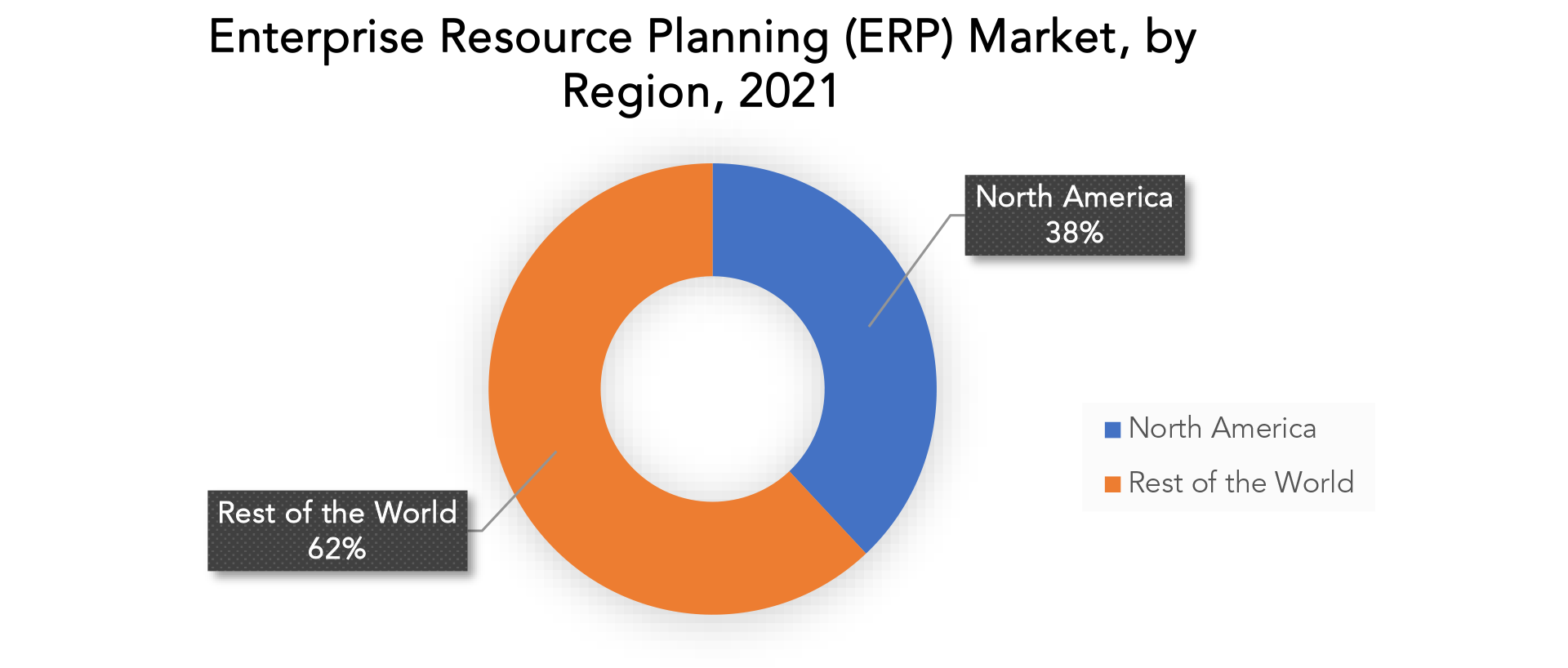Unlocking Tomorrow: My Journey into ERP Enterprise Forecast Planning
Remember those days when predicting the future felt like a parlor trick? For years, in the world of business, we operated much like that, making educated guesses, relying on "gut feelings," and often crossing our fingers. We’d look at last year’s sales, add a percentage, and hope for the best. It was exhilarating sometimes, but mostly, it was stressful, inefficient, and costly.
Then, something profound shifted. We discovered the power of ERP Enterprise Forecast Planning. It wasn’t just a new tool; it was a complete transformation in how we saw our future. Let me tell you my story, and how this seemingly complex concept became our company’s most valuable navigator.
The Pre-ERP Chaos: A Business in the Dark
Before we embraced a structured approach, our days were a whirlwind of spreadsheets. Different departments – sales, production, finance, inventory – each had their own numbers, their own projections, often living in silos.
- Inventory levels were a constant headache. We either had too much stock gathering dust in the warehouse, tying up capital, or not enough, leading to frustrated customers and missed sales opportunities.
- Our production line often played catch-up or idled. We’d scramble to meet sudden spikes in demand or find ourselves with excess finished goods when sales dipped unexpectedly.
- Budgeting felt like pulling numbers out of a hat. Our financial forecasts were a patchwork quilt of assumptions, making strategic investments a risky gamble.
- Customer satisfaction suffered. We couldn’t consistently deliver on time or meet specific demands because our understanding of future needs was blurry.
It was clear we needed more than just data; we needed insight. We needed a reliable way to look ahead, to anticipate, and to plan with confidence. We needed a data-driven decision-making process.
Enter ERP: The Central Nervous System of Our Business
Our first step towards enlightenment was implementing an ERP system – Enterprise Resource Planning. If you’re new to this, think of an ERP as the central nervous system of a business. It’s a software platform that integrates all the core processes of a company – from sales and marketing to manufacturing, finance, human resources, and supply chain management – into a single, unified system.
Before ERP, information was fragmented. Sales data was here, inventory data there, production schedules somewhere else. ERP brought it all together. Suddenly, everyone was looking at the same, real-time data. This integration was crucial, but ERP wasn’t just about streamlining existing processes; it was about opening doors to possibilities we hadn’t fully grasped, especially in forecasting.
The "Aha!" Moment: Understanding Enterprise Forecast Planning
With our ERP system humming along, collecting vast amounts of data, the next logical step became clear: Enterprise Forecast Planning. This isn’t just a fancy term; it’s the strategic process of using historical data, current trends, and predictive analytics, all powered by our ERP, to anticipate future business activities and market conditions.
Imagine having a more reliable crystal ball, but instead of magic, it’s powered by intelligent algorithms and integrated data. That’s what it felt like.
Here’s how it fundamentally changed things for us:
1. Data is King (and ERP is its Throne)
At its core, forecast planning within an ERP system is about leveraging data. Our ERP was already collecting:
- Historical Sales Data: Who bought what, when, and how much?
- Customer Order Patterns: Recurring orders, seasonal variations.
- Marketing Campaign Performance: How did promotions impact demand?
- Inventory Movements: What came in, what went out.
- Production Capacities: How much could we realistically make?
- Financial Transactions: Revenue, costs, budgets.

